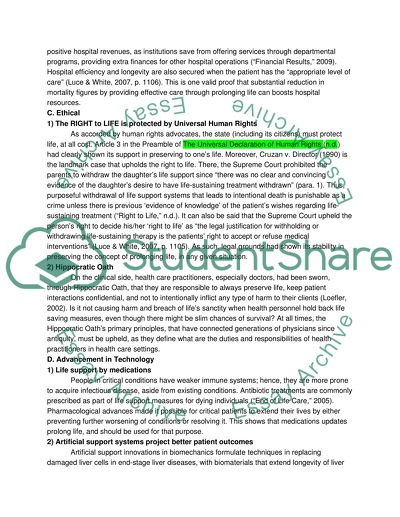Cite this document
(“Debate Essay Example | Topics and Well Written Essays - 1000 words”, n.d.)
Retrieved from https://studentshare.org/environmental-studies/1420432-debate
Retrieved from https://studentshare.org/environmental-studies/1420432-debate
(Debate Essay Example | Topics and Well Written Essays - 1000 Words)
https://studentshare.org/environmental-studies/1420432-debate.
https://studentshare.org/environmental-studies/1420432-debate.
“Debate Essay Example | Topics and Well Written Essays - 1000 Words”, n.d. https://studentshare.org/environmental-studies/1420432-debate.


